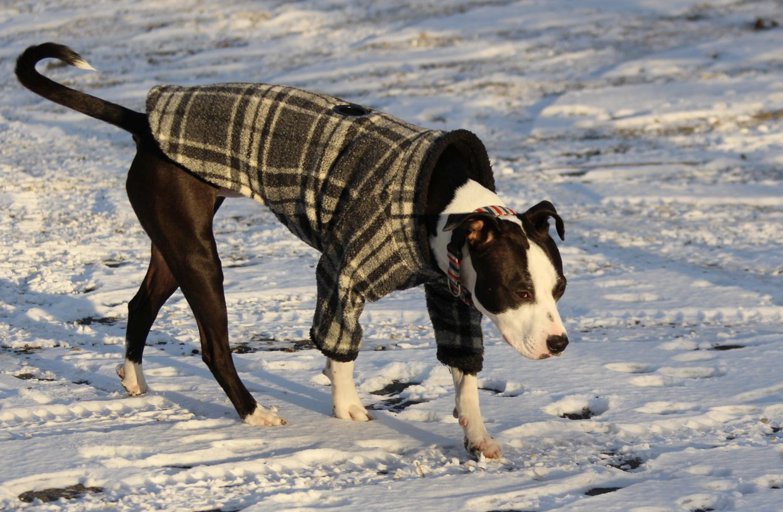Dogs Love Running! - the blog for pet owners and pet professionals
How Much To Charge For Dog Walking?
NEW UPDATE:
We've updated this information. Click here to read our new article on how much you should charge for your dog walking and pet sititng services. PLUS we even give you a concrete number to start with.
In addition, you can now download our free Ultimate Pricing Strategy Workbook to help you figure out exactly how much you should be charging for your local area. Get it all here.

-------------------------------------------------------
Our original article begins below, but you should really read our updated version here.
So you're thinking about starting a dog walking business. One of the first things you're going to consider is:
- how much to charge for dog walking?
- how much to charge for pet sitting?
- how much to charge for any related services?
Think about this before you get too far into your business because if you can't charge enough, you won't make enough. And if you don't make enough to make ends meet (or make you happy), then there's no point to the business, is there?
Different dog walking services charge in different ways. The two main ways are to:
- charge by time
- charge by the service
If you're charging by time, then you might just have one flat rate for everything. As an example, you decide to charge $10 for 15 minutes of your time.

So, let's say you're going to visit a dog for 15 minutes. And the client wants you to take the dog out for walk around the block, bring in the mail, and feed Fido a bit of food before you leave. And the next day, the client wants you just to take Fido out for a walk and that's it. In the 15 minutes, you have enough time to take 3 spins around the block, not just the one you did yesterday.
In both of these cases, you spend just 15 minutes with Fido. Regardless of what you did within those 15 minutes, it was still the same amount of time both days. So, each day is $10 because it was just 15 minutes of your time.
Another way to charge is by the service you perform. In this situation, you're adding fees for each thing you accomplish.
Going back to Fido, let's say you tell the client that it's now $10 for a dog walk (not for 15 minutes). Maybe they ask a few questions about what the walk entails so you have to clarify about how long it lasts and when you'll arrive. Now let's say on one particular day they need you to give Fido a pill. So, you say it's $2 more to give medication. You're charging the client to perform this service (regardless of how long it takes you). Similarly, you'll bring in the mail for $1 extra if they want. Get the idea?
Ok, so you've figured out how you're going to charge. Now, figure out how much to charge.
The best place to start is by researching your competition. Check their websites and/or call them up.
Do you see any patterns in what people are charging? Are they all charging the same amount? Are there drastic differences between services? How many charge by time? How many by the service? How many upcharge for evening/weekend visits or other non-standard times? What else do you find interesting about these competitors?
Take all that knowledge and figure out how you can compete in the market to see if you can be a market leader, stay right within the average, or try to offer the cheapest prices. See our first post on how to start a dog walking business for ideas on how you might be able to be "special" in your local market so that you can get customers.
By now you're probably wondering "ok, but how MUCH do I charge for dog walking?"
The bad news is that there is no one single answer. If I told you $10 for 15 minutes, that might be a terrible answer based on your local market and the service you provide. Or, I could possibly tell you $30 for 15 minutes and it might be a great answer.
The good news is that we've outlined some basic steps on what to ask yourself so that you can figure out what's best for exactly the type of business you'd like to run. Still have questions, why don't you contact us and see how we do it?










